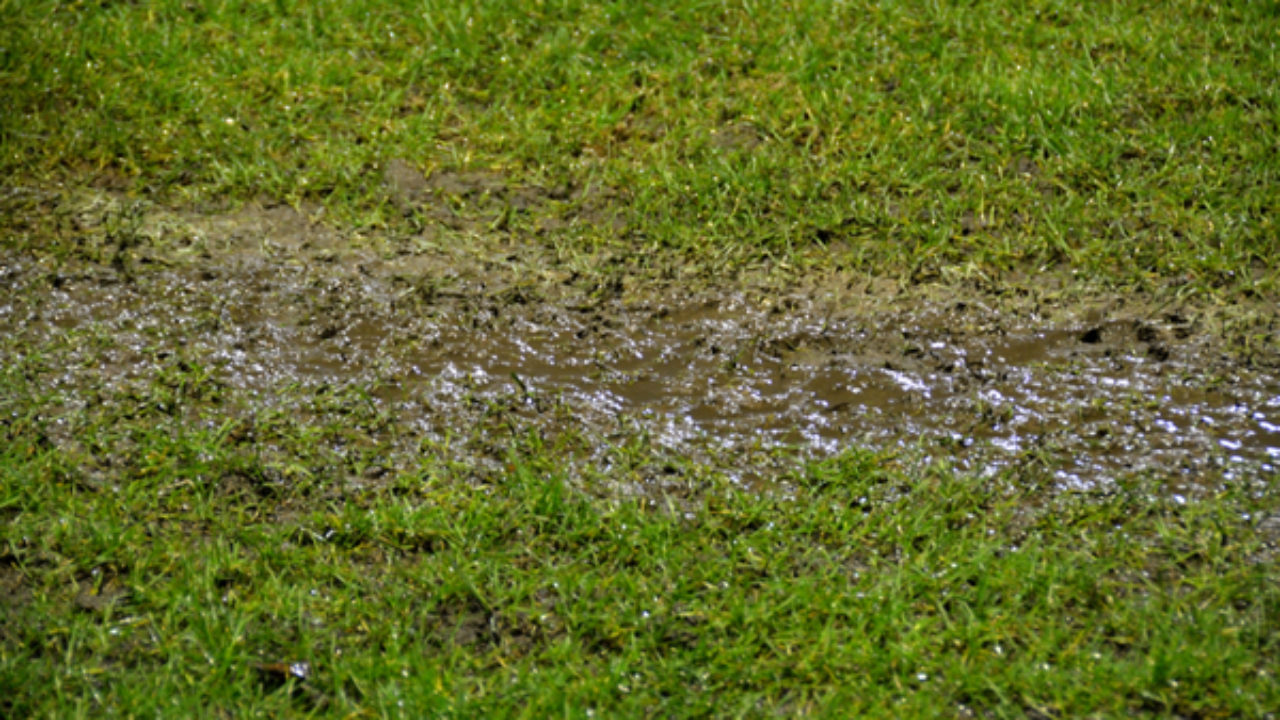Discover Smart Ways to Identify Concealed Leaking Water Lines
Discover Smart Ways to Identify Concealed Leaking Water Lines
Blog Article
This article which follows pertaining to Hacks to detect leaks is definitely informative. Don't miss out on it.

Early discovery of dripping water lines can minimize a prospective calamity. Some little water leaks might not be visible.
1. Check Out the Water Meter
Every house has a water meter. Checking it is a guaranteed manner in which assists you uncover leakages. For beginners, switch off all the water resources. Make certain no person will certainly purge, utilize the faucet, shower, run the washing machine or dishwasher. From there, go to the meter and watch if it will certainly transform. Considering that no person is utilizing it, there ought to be no motions. If it moves, that indicates a fast-moving leakage. Likewise, if you discover no changes, wait an hour or 2 and check back again. This means you might have a slow leak that can also be below ground.
2. Check Water Consumption
Examine your water costs and track your water usage. As the one paying it, you must see if there are any kind of inconsistencies. If you detect sudden changes, regardless of your consumption being the same, it implies that you have leaks in your plumbing system. Keep in mind, your water expense need to fall under the exact same variety each month. An unexpected spike in your bill indicates a fast-moving leak.
On the other hand, a stable increase monthly, even with the same routines, shows you have a slow-moving leakage that's additionally slowly rising. Call a plumber to completely examine your property, particularly if you really feel a warm location on your flooring with piping underneath.
3. Do a Food Coloring Test
When it comes to water usage, 30% comes from toilets. If the shade somehow infiltrates your bowl throughout that time without flushing, there's a leak between the tank and bowl.
4. Asses Exterior Lines
Do not neglect to examine your exterior water lines too. Examination faucets by connecting a yard hose pipe. Must water seep out of the connection, you have a loosened rubber gasket. Change this and also make sure all links are limited. If you've got a lawn sprinkler, it will certainly aid get it professionally analyzed as well as preserved yearly. One little leak can waste lots of water and also increase your water bill.
5. Assess the situation as well as evaluate
House owners should make it a practice to examine under the sink counters and even inside cupboards for any kind of bad odor or mold and mildew growth. These two red flags suggest a leakage so punctual focus is required. Doing routine evaluations, also bi-annually, can save you from a major issue.
Check for discolorations and weakening as a lot of pipes and also appliances have a life span. If you believe leaking water lines in your plumbing system, don't wait for it to intensify.
Early discovery of dripping water lines can mitigate a prospective catastrophe. Some little water leakages might not be noticeable. Examining it is a surefire way that aids you uncover leaks. One little leakage can waste bunches of water as well as increase your water bill.
If you think leaking water lines in your plumbing system, don't wait for it to escalate.
WARNING SIGNS OF WATER LEAKAGE BEHIND THE WALL
PERSISTENT MUSTY ODORS
As water slowly drips from a leaky pipe inside the wall, flooring and sheetrock stay damp and develop an odor similar to wet cardboard. It generates a musty smell that can help you find hidden leaks.
MOLD IN UNUSUAL AREAS
Mold usually grows in wet areas like kitchens, baths and laundry rooms. If you spot the stuff on walls or baseboards in other rooms of the house, it’s a good indicator of undetected water leaks.
STAINS THAT GROW
When mold thrives around a leaky pipe, it sometimes takes hold on the inside surface of the affected wall. A growing stain on otherwise clean sheetrock is often your sign of a hidden plumbing problem.
PEELING OR BUBBLING WALLPAPER / PAINT
This clue is easy to miss in rooms that don’t get much use. When you see wallpaper separating along seams or paint bubbling or flaking off the wall, blame sheetrock that stays wet because of an undetected leak.
BUCKLED CEILINGS AND STAINED FLOORS
If ceilings or floors in bathrooms, kitchens or laundry areas develop structural problems, don’t rule out constant damp inside the walls. Wet sheetrock can affect adjacent framing, flooring and ceilings.
https://www.servicemasterbyzaba.com/blog/how-to-detect-water-leakage-in-walls/

As an avid reader about Locating water leaks, I imagined sharing that excerpt was worthwhile. Are you aware of anybody else who is enthusiastic about the topic? Why not promote it. Thank you so much for your time invested reading it.
24/7 support awaits. Report this page